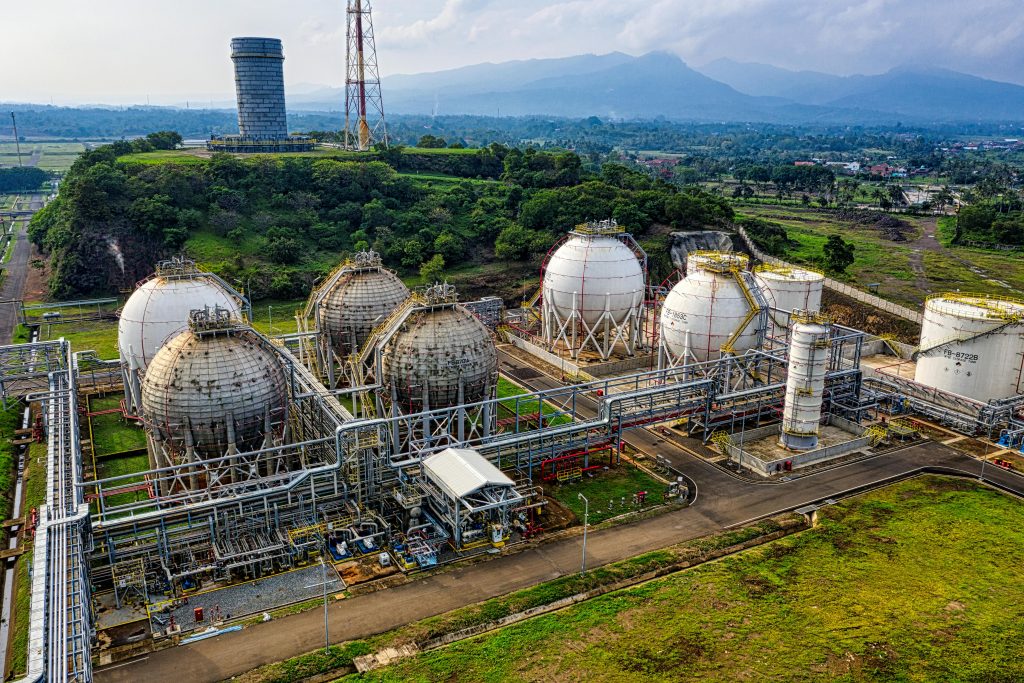
Sustainability or Industrialization: Africa’s Critical Choice
In the vast savannahs of Mozambique, gas flares light up the night sky, symbols of an industrial dream powered by fossil fuels. Meanwhile, the same country’s coastline hosts renewable energy projects, quietly harnessing the power of wind and solar. These realities coexist uneasily across Africa, highlighting a continent at a crossroads—one torn between the promise of rapid industrialization and the pressing need for environmental sustainability.
Industrialization has been the engine of economic transformation for centuries, lifting nations from poverty to prosperity. Africa’s potential to replicate this trajectory is immense. The continent is rich in resources, from Nigeria’s oil reserves to the cobalt mines of the Democratic Republic of Congo, critical for global tech supply chains. With a youthful population—70% of Africans are under 30—the need for jobs is urgent. Manufacturing could be a solution. The African Development Bank projects that industrialization could add $666 billion to the continent’s GDP annually by 2030, providing millions of jobs.
However, industrialization’s environmental costs are undeniable. The International Energy Agency (IEA) estimates that Africa’s energy demand will grow by 4% annually until 2040, with fossil fuels expected to account for the majority of this increase. Nigeria, for instance, relies on oil for 60% of its government revenue, while Mozambique’s liquefied natural gas projects are forecasted to generate $96 billion over their lifetimes. Such reliance, while economically enticing, risks exacerbating climate change—a crisis already acutely felt across the continent. Rising temperatures and erratic rainfall patterns have displaced millions, with 4 million Africans forced from their homes due to climate-related disasters in 2024 alone.
Other continents offer compelling lessons, albeit with caveats. Asia’s industrialization, particularly in China and Vietnam, lifted hundreds of millions out of poverty. China’s share of global manufacturing rose from 3% in 1990 to nearly 30% today. This transformation, however, came at a steep environmental cost. China’s rapid industrial growth has made it the world’s largest emitter of greenhouse gases, a fact it now grapples with as it transitions to renewable energy. Vietnam’s recent strides in balancing industrialization with sustainability, such as its ambitious solar and wind projects, highlight a path Africa could emulate, albeit with careful adaptation to local contexts.
Europe, by contrast, offers a model of green industrialization. The European Union’s Green Deal has spurred investments in renewable energy and circular economies, reducing emissions while sustaining economic growth. Yet Africa’s realities differ significantly. The EU benefited from centuries of fossil fuel-driven industrialization before turning green. Africa, with its late start and limited infrastructure, faces the challenge of achieving both simultaneously—a feat that requires enormous capital and strategic vision.
From our perspective, the challenge is not simply choosing between sustainability and industrialization but finding a way to integrate the two. Africa has an opportunity to learn from these contrasting examples and chart its own path. Renewable energy, for instance, is becoming more affordable. The cost of solar power has dropped by 82% since 2010, making it a viable option for powering industries. Morocco’s Noor Ouarzazate solar plant, the largest of its kind, demonstrates how large-scale renewable projects can anchor industrial ambitions. Similarly, South Africa’s Renewable Energy Independent Power Producer Procurement Programme has attracted $16 billion in private investments, reducing emissions while boosting energy capacity.
Yet, renewables alone may not meet Africa’s immediate energy needs. Transitional solutions, such as natural gas, offer a middle ground. Cleaner than coal or oil, natural gas can provide the energy needed to drive industrialization while limiting environmental damage. This approach, however, requires robust regional collaboration. The African Continental Free Trade Area (AfCFTA) presents a platform to share resources, integrate energy markets, and foster innovation. A unified African strategy could ensure that industrial growth does not come at the cost of environmental degradation.
The global community’s role cannot be ignored. While Africa receives just 2% of global renewable energy investments, this figure must grow. International funding mechanisms, such as the Green Climate Fund, have allocated over $1 billion to African projects, but this is far from sufficient. The world’s wealthier nations, having reaped the benefits of fossil fuel-driven growth, bear a moral responsibility to support Africa’s transition. Their investments should prioritize both clean energy infrastructure and industrial capacity building, acknowledging that these are two sides of the same coin.
Ultimately, Africa’s path forward must balance ambition with caution. The decisions made today will not only shape economic trajectories but also determine how future generations live on this continent. Industrialization is critical, but it cannot ignore the environmental realities of a warming planet. Likewise, sustainability must be more than a lofty ideal—it must be actionable, inclusive, and economically viable.
Africa has the resources, talent, and determination to forge a unique path—one that does not merely replicate the successes or mistakes of others but sets a new standard for what development can look like in the 21st century. The world is watching, but more importantly, Africa’s future generations are depending on us to make the right choices today.